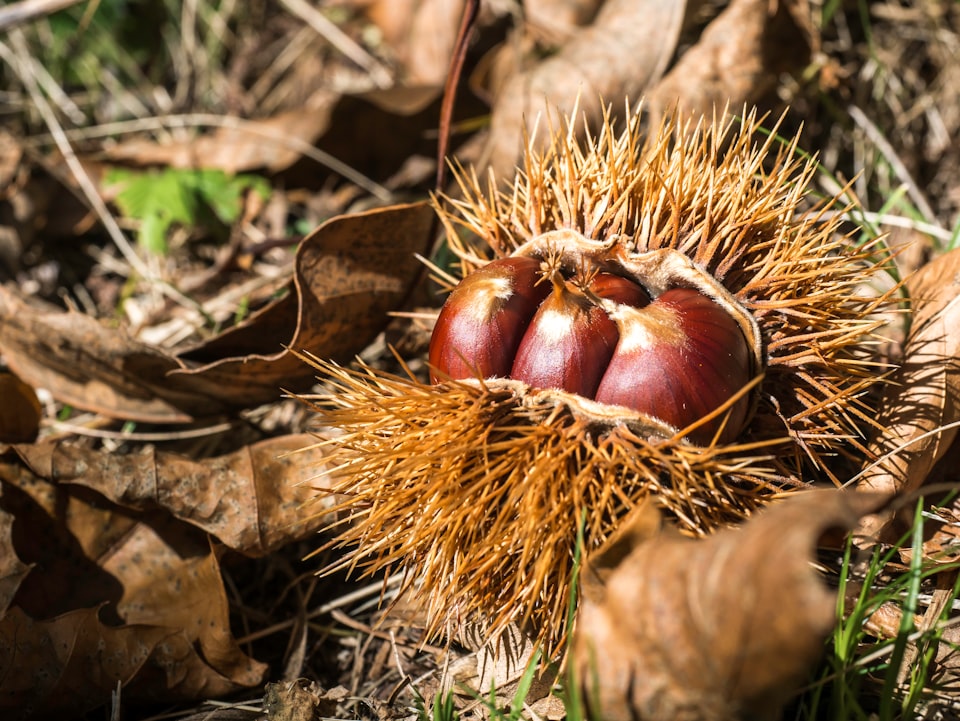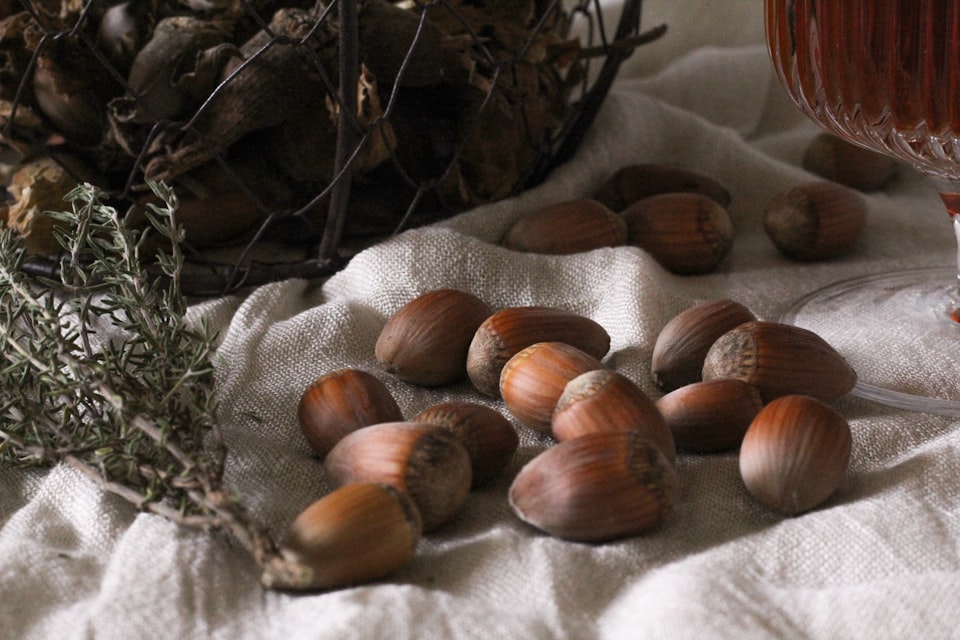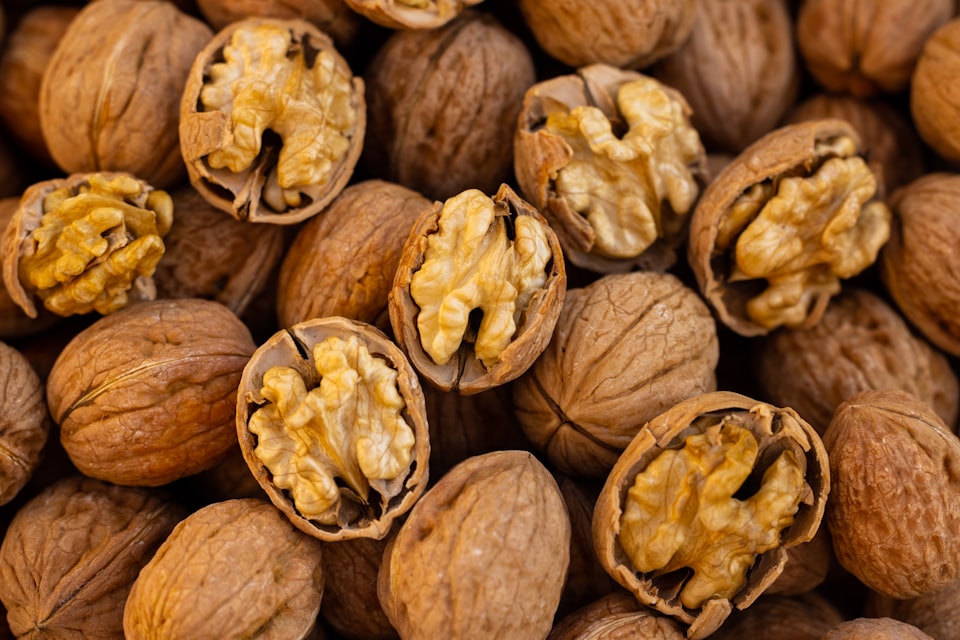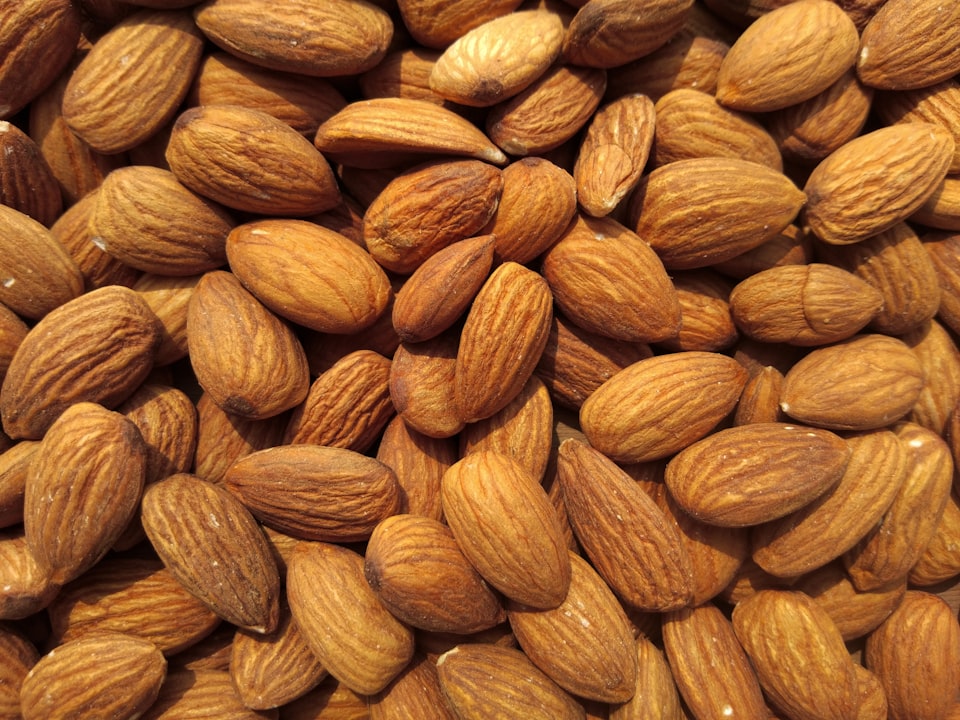VI: Pine Nut
American pine nuts are the best, but also the rarest.
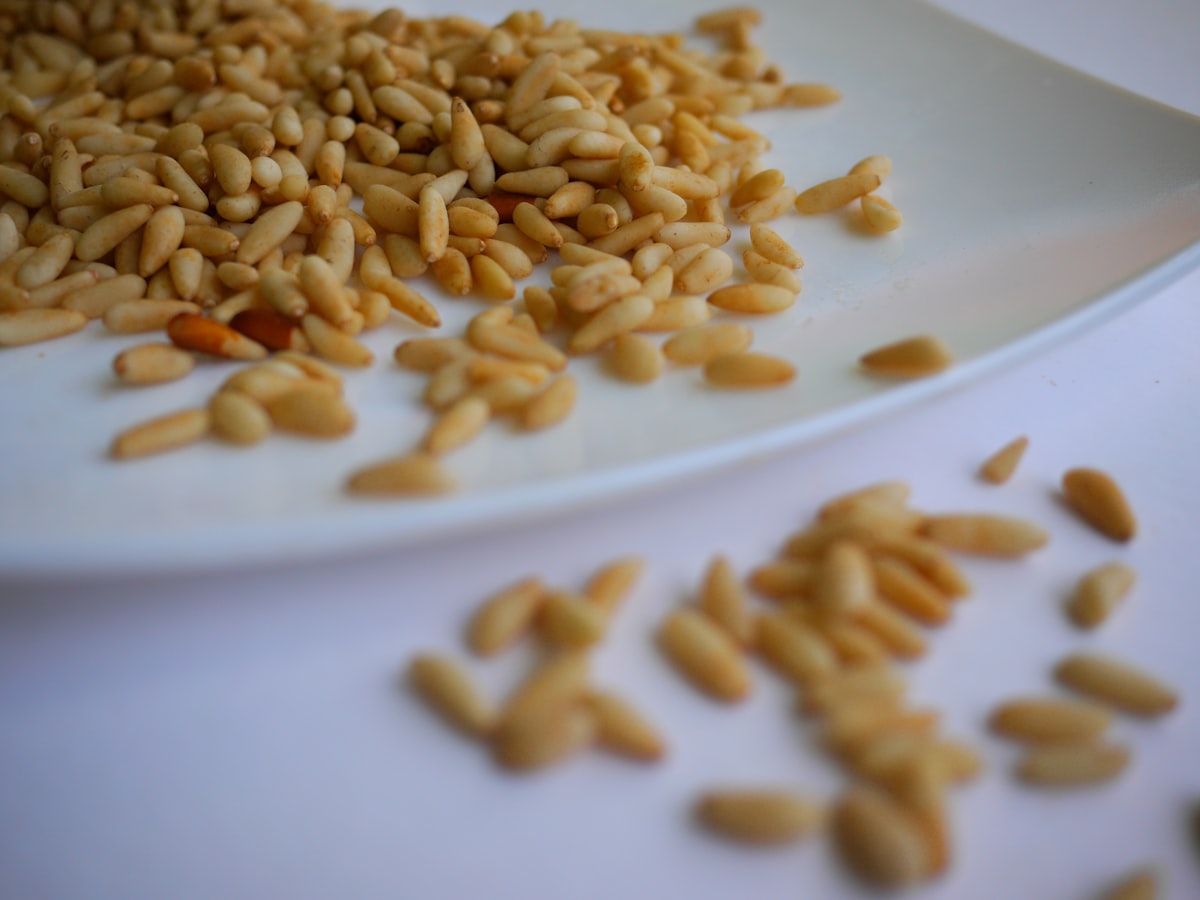
Good morning. Today is sextidi, the 26th of Frimaire, Year CCXXXI. We celebrate le pignon, an oily nut found inside a pinecone.
Pine nuts are very expensive, even though pine trees and pine cones are far from exotic or rare. You can find pines around the globe, but the best pine nuts come from piñon pines, a species native to the southwestern United States. That doesn't mean other pine nuts aren't also delicious and nutritious. The stone pine in Spain was the traditional source of nuts for Mediterranean cuisine, and chances are, if you buy pine nuts in the store today, they come from Asian varietals of pine from northeast China or the Korean peninsula.
Piñon pines – named by Spanish explorers specifically for the excellence of their pine nuts (which are called, yes, piñons in Spanish) – used to be a major agricultural product of the American southwest, whose high desert climate wasn't suitable for much else, agriculturally. Now, however, that industry – once so important its futures were traded on the Chicago Mercantile Exchange – is on the brink of extinction.
